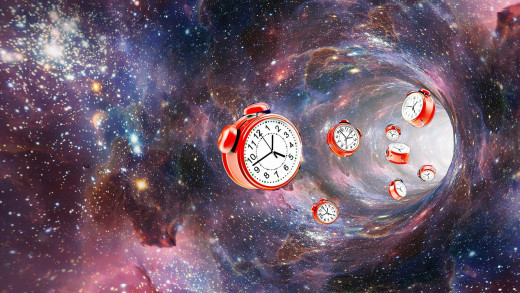Daylight Saving Time: All You Need To Know

Gain an hour of time
Daylight Saving Time begins on Sunday, November 7, 2021. Computerized electronics will automatically reset at 2:00 AM but you may have to manually change your watch, wall clock, or the clock in your vehicle. The old saying is that you spring forward and fall back. You will actually gain an hour of time on Sunday. If you are out and about or watching a favorite television program at 2:00 AM you set your clock back to 1:00 AM and gain an extra hour of time. The purpose is to have extra daylight during the early morning hours, but this brings darkness earlier in the evenings.
During World War, I the United States and some European nations decided it was necessary to conserve the fuel that was needed to produce electric power. Germany and Austria began saving daylight at 11:00 p.m. on April 30, 1916, by springing the hands of the clock forward one hour until the following October. France, Belgium, Turkey, Luxembourg, Netherlands, Norway, Italy, Portugal, Sweden, and Tasmania. Nova Scotia and Manitoba followed suit and three weeks later, Britain jumped on the bandwagon. Australia and Newfoundland began observing the move to save daylight in 1917.

How it all began
On April 12, 1966, President Lyndon Johnson signed into pubic law 89-387 that Daylight Saving Time would begin the fourth Sunday of April and was to end on the last Sunday of October. Decades ago, Daylight Saving Time in America began on the fourth Sunday in October but now it is the first Sunday in November. This is because in 1986 Congress enacted P.L. 99-359, amending the Uniform Time Act by changing the beginning of DST to the first Sunday in April and ending it on the last Sunday in October. Because of the Energy Policy Act of 2005, daylight savings time was extended in the United States beginning in 2007 From that year, DST has begun on the second Sunday of March and ended on the first Sunday of November.
During the "fall back" time of year, you may for a while feel as if you are gaining an extra hour of sleep each morning before you rise. At night, however, you may find that you become sleepy an hour earlier until you adjust. This is because on Sunday night at 9:00 PM your body will react as though it were 10:00 PM. When you wake in the mornings now it will be lighter, but at night it will become darker much sooner. The sun will set earlier until December 21st when the days begin to become longer. The clocks will be set up an hour in March and the cycle begins again.
Daylight Saving Time affects the body in several ways
When the clock is set forward in the spring and an hour is lost this can have a number of negative effects on the body. Springing forward may cause mood swings and grogginess and can even affect your heart. Sleep deprivation can even cause workplace injuries. The good news is that there are no setbacks that are associated with gaining an hour of sleep during the fall. Adding an hour of sleep is a good thing, that is if you get to enjoy it. I have found that when the clock is set back each November, I am awake most of that night. Perhaps it is only psychological, but I never seem to benefit by obtaining that extra hour of shuteye.
There is a downside for some when the days begin to become shorter and darkness prevailing longer. This can wreak havoc on individuals who have mental illness and also trigger Seasonal Depressive Disorder, (SAD). Medical News Today suggests eating more fruits and vegetables because they boost your mood. It is also important to increase vitamin D because during the winter months you cannot obtain as much 3 from the sun as during warmer weather. The National Institute of suggests making sure you get plenty of Omega 3 rich foods in your diet to boost your mood, These include fish such as herring, salmon, trout, and mackerel. Soy products, chia seeds, an flax seeds are also good choices.

Enjoy the early daylight and evening darkness
One way to deal with the changes that come with Daylight Saving Time is to go with the flow. Utilize the extra light in the morning to do something different such as jogging, walking in the park or going to the gym. When it begins getting darker earlier in the evenings, settle in by reading your Bible or a good book. When you use the time, rather than focus on the darkness, the days wi go by an before you know it, you will be springing forward once again.
This content is accurate and true to the best of the author’s knowledge and is not meant to substitute for formal and individualized advice from a qualified professional.
© 2019 Cheryl E Preston







